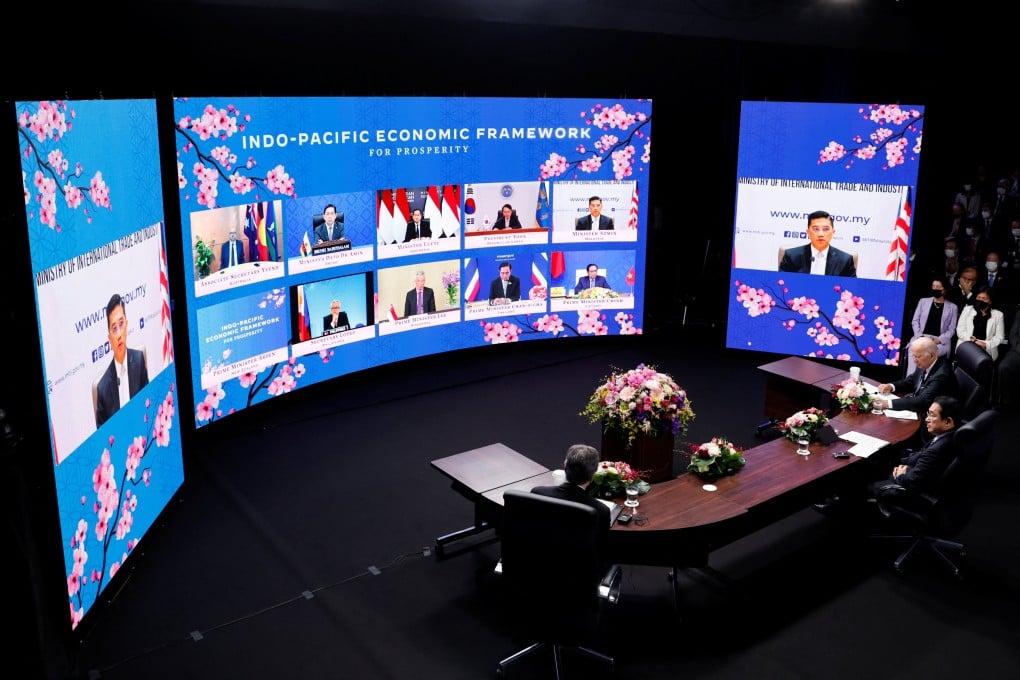China’s drive for tech independence gathers pace as US launches new Indo-Pacific strategy
- Beijing should intensify its drive for tech self-sufficiency, but be careful not to decouple from foreign tech firms and institutions altogether, experts say
- Improving basic scientific research capabilities, while stepping up recruitment of talent from overseas should be priorities for Chinese policymakers

China should scale up home-grown innovation and talent recruitment abroad to bolster its technological prowess, a move that will help counter a new economic initiative being pushed by Washington, experts say.
While China is pursuing technology independence, it does not mean it should decouple from hi-tech companies overseas, according to He Weiwen, a senior fellow at the Centre for China and Globalisation, a Chinese non-government think tank.
“The research institutions and companies abroad did not start the cold war, on the contrary, they hope to maintain cooperative relationships,” he said. “Just like Premier Li Keqiang said recently … we must ramp up the scale of opening up, and we welcome every country that is willing to grow in China.
We shouldn’t discriminate against foreign companies
“We shouldn’t discriminate against foreign companies, while we need to place a particular emphasis on facilitating communication with them, companies can set up special liaisons to help them navigate any problems.”